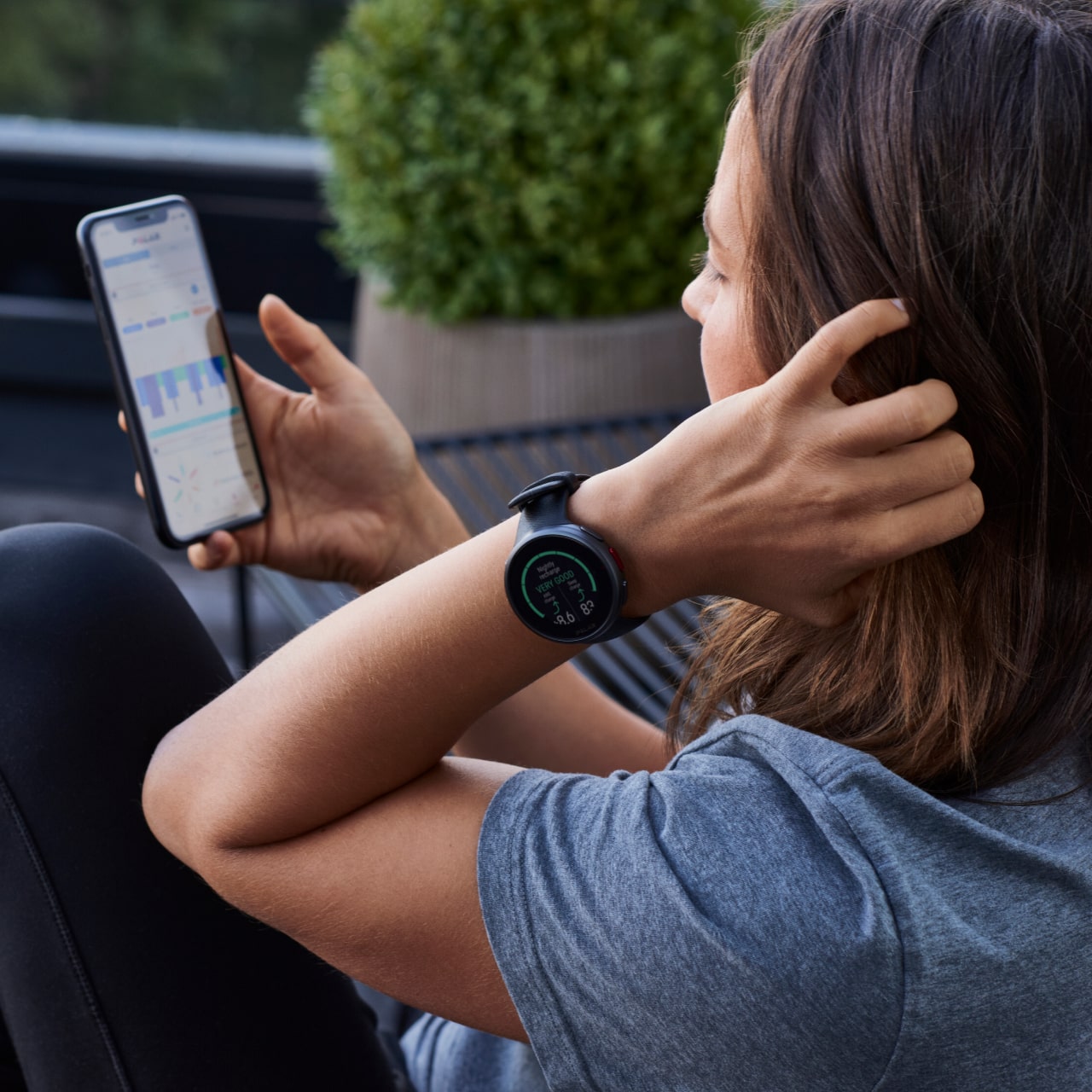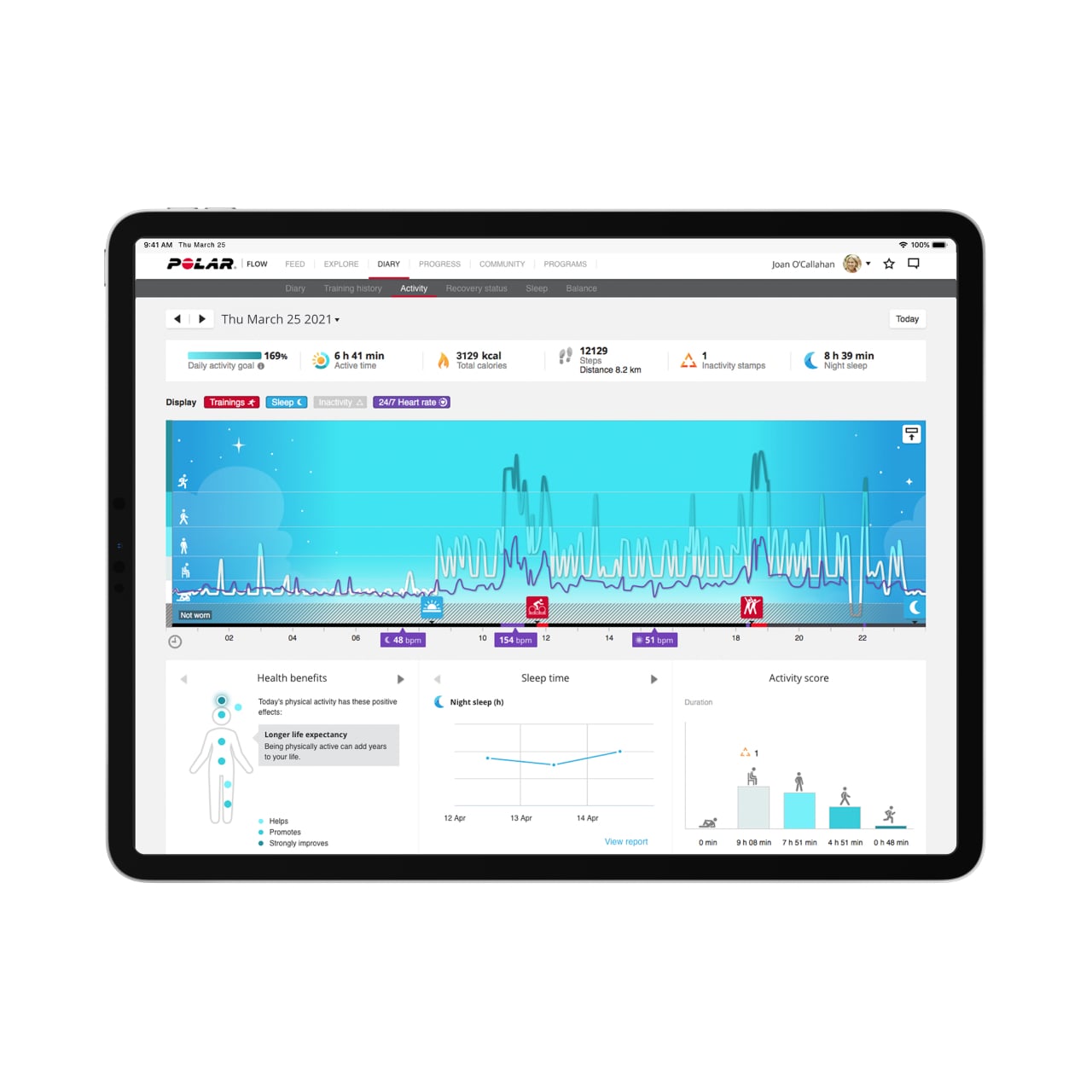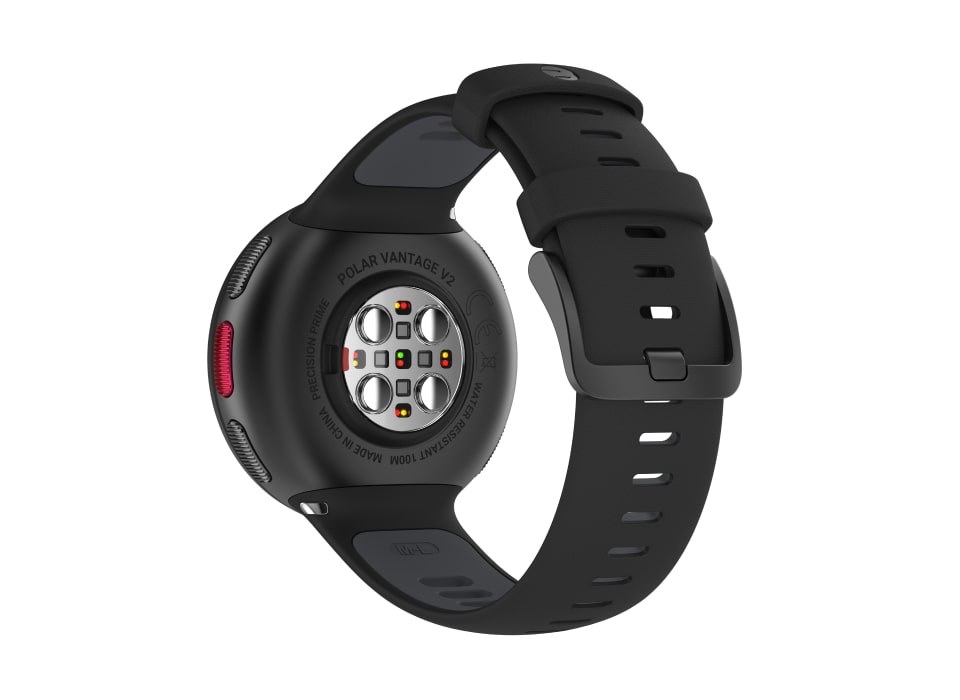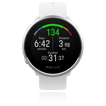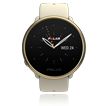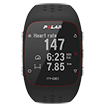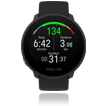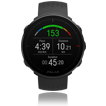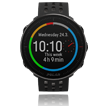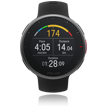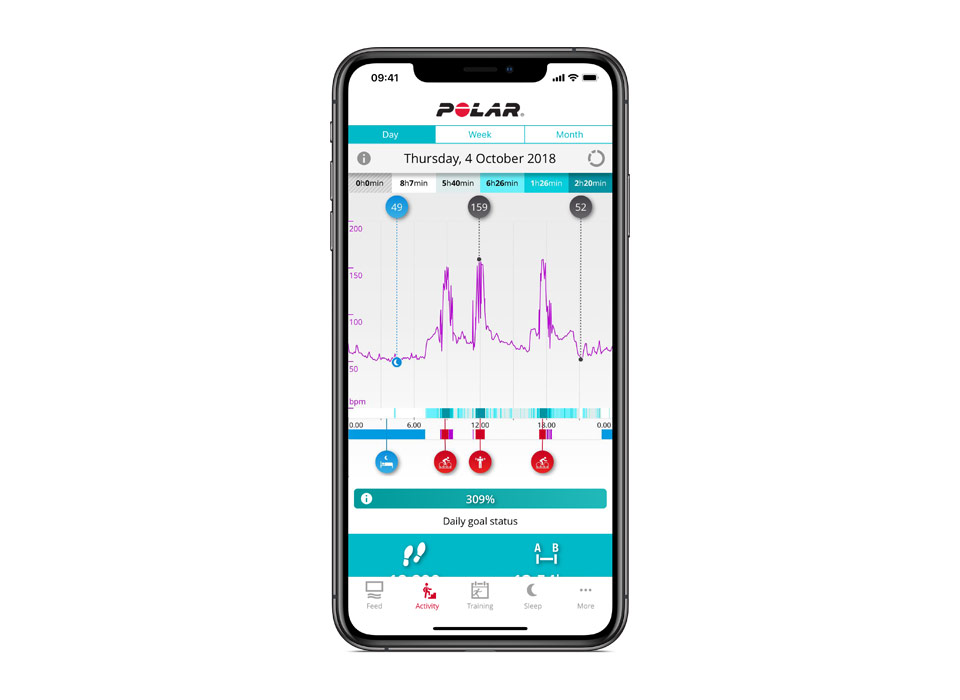What causes the changes in my heart rate during the day?
Demand to your muscles
Your heart rate mainly changes in response to the demands of your muscles during daily activities. For example, your heart has to pump harder when you’re cycling than when you’re sitting down because your heart delivers the oxygen and energy nutrients that your muscles need in order to provide more energy for your activities through your bloodstream.
Stress and emotions
Other reasons that cause changes in your heart rate can also be stress and emotions. For example, excitement can raise your heart rate. If you are competing athlete, you probably see elevated heart rate before the race and during it. The nervousness or anxiety that you feel before competitions seems to push your heart rate up. Your body's natural hormones prepare you to the challenge.

Sleep
During sleep, your heart rate normally slows due to the complex regulatory mechanisms in your body. There is no standard range for heart rate during sleep, because it is affected by your age, sex, cardiovascular fitness level and medications.
Your heart rate also fluctuates over the course of night. The changes in your heart rate during a typical night’s sleep partly reflect the changes in the depth of your sleep.
The lowest heart rate during sleep can occur at different times on different nights. This reading often occurs when you’re in one of the deepest states of sleep. You should, however, be aware that the lowest heart rate during your sleep is different from the resting heart rate. The resting heart rate is measured when you’re awake and lying down.

